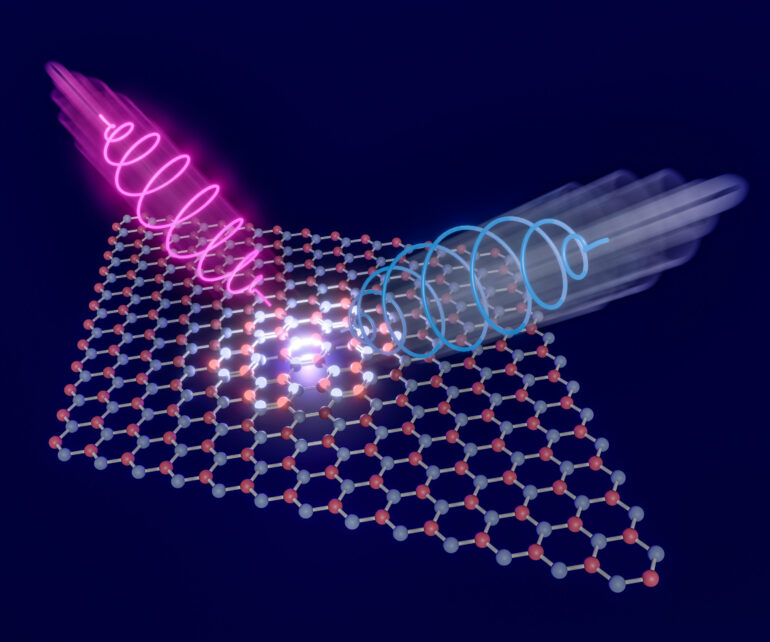In the ever-evolving landscape of condensed matter physics, a recent breakthrough has emerged from the collaborative efforts of researchers at the Peter Grünberg Institute (PGI-1), École Polytechnique Fédérale de Lausanne, Paul Scherrer Institut in Switzerland, and the Jülich Centre for Neutron Science (JCNS).
This synergetic work, driven by the trio Manuel dos Santos Dias, Nikolaos Biniskos, and Flaviano dos Santos and led by Stefan Blügel, Thomas Brückel, and Samir Lounis, has delved into unexplored magnonic properties within Mn5Ge3, a three-dimensional ferromagnetic material.
Topology, a concept pivotal in contemporary physics, has already played a transformative role in understanding electrons in solids. From quantum Hall effects to topological insulators, the influence of topology is far-reaching. In this context, the focus has shifted to magnons—collective precession of magnetic moments—as potential carriers of topological effects. Magnons, being bosons, can exhibit unique phenomena akin to their fermionic counterparts.
The research team aimed to explore the magnonic properties of Mn5Ge3, a 3D centrosymmetric ferromagnet. Through a combination of density functional theory calculations, spin model simulations, and neutron scattering experiments, they unraveled the material’s unusual magnon band structure.
The central revelation was the existence of Dirac magnons with an energy gap, a phenomenon attributed to Dzyaloshinskii-Moriya interactions. This interaction, identified within the material, is accountable for creating a gap in the magnon spectrum.
The adjustability of the gap by rotating the magnetization direction using an applied magnetic field characterizes Mn5Ge3 as a three-dimensional material with gapped Dirac magnons. This gap, theoretically explained and experimentally demonstrated, underscored the topological nature of Mn5Ge3‘s magnons.
The research team’s findings not only contribute to the fundamental understanding of topological magnons but also highlight Mn5Ge3 as a potential game-changer in the realm of magnetic materials.
The intricate interplay of factors revealed in Mn5Ge3 opens up new avenues for designing materials with tailored magnetic properties. As the material’s magnetic properties can be finely tuned, the prospect of integrating these topological magnons into novel device concepts for practical applications becomes increasingly feasible.
As the scientific community continues to explore the frontiers of condensed matter physics, this study marks a significant milestone in unraveling the mysteries of magnetic materials. The implication of the research not only expands our understanding of magnons but also paves the way for harnessing their unique quantum properties in future technologies.
The findings are published in the journal Nature Communications.
More information:
M. dos Santos Dias et al, Topological magnons driven by the Dzyaloshinskii-Moriya interaction in the centrosymmetric ferromagnet Mn5Ge3, Nature Communications (2023). DOI: 10.1038/s41467-023-43042-3
Provided by
Forschungszentrum Juelich
Citation:
Unlocking the magnetic superpowers of topological magnons (2024, January 15)



